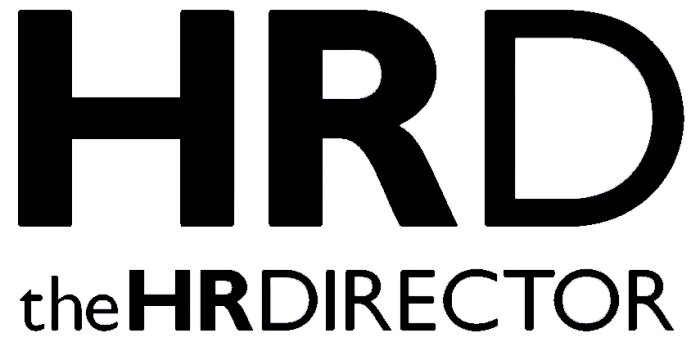The core objectives of any organisation, regardless of industry, remain largely the same: achieving financial targets, keeping talent engaged, and ensuring long-term success. To achieve this state of continuous high performance, organisations need to build a resilient organisation where people, leadership, and culture work in harmony.
Without a clear definition of high performance or success, measuring it becomes challenging. It’s partly the responsibility of the people function then to ensure alignment, fostering a shared vision that guides business leaders and the workforce toward common goals. Our research, however, highlights distinct differences in how HR professionals and leaders define success, revealing misalignments that may impede organisational growth.
Redefining excellence in HR
HR employees see a high performing businesses as one where the workforce and employees are highly skilled (44%), where leadership is stable and effective (31%), and where there is a demonstrated ability to attract and retain top talent (28%). HR employees rank traits like rapid decision-making, market dominance, and innovation lower on the high performance rank, highlighting their natural people-first approach.
In contrast, business leaders emphasise traits linked to operational excellence as markers of a high performing organisation, such as streamlined processes and the ability to make swift decisions. Talent retention is pinpointed by business leaders as a foundation of high performance but not seen as the same priority. The divergence in perspectives suggests that while people teams champion employees and culture, business leaders are more concerned with the systems and structures that support them.
Uncovering the internal organisational disconnect
People teams have strong confidence in their own performance, with nearly all (92%) of HR employees expressing confidence in both their organisation’s overall success and their own team’s effectiveness. However, this sentiment is not replicated by their leaders. In fact, only 54% of CHROs feel their function is truly high performing.
Why is this? Business leaders point to cultural issues, low productivity from employees, and inadequate access to data and technology as key stumbling blocks. HR leaders instead highlight skill shortages and inefficient processes, with added concerns about organisational culture and insufficient staffing levels.
Actionable strategies for HR leaders
Bridging the gap between leaders and the workforce to address these misalignments requires a two-pronged approach. The first starts with integrated collaboration. People teams will need to work closely with finance, operations, and IT teams to make sure the objectives laid out for people are in sync with business’s overall objectives, and that this synergy is being communicated to employees. To achieve this, regular cross-department forums and collaborative projects across disparate departments can pave the way for a shared vision of success.
Secondly, the importance of embracing the wealth of data available across the organisation cannot be overlooked. Using workforce analytics can help people teams better understand where any performance gaps lie. Pairing this data with initiatives that promote a culture of empowerment ensures that both people and processes contribute to long-term growth.
Looking forward
When it comes to future performance, people teams are feeling optimistic. In fact, 69% of HR professionals believe their organisation will perform highly throughout 2025, a striking contrast to the 41% of business leaders who share the same confidence.
This gap presents another focus area for HR leaders. While it’s important for them to gravitate towards a talent development and people focus, it’s advantageous to know when to integrate operational efficiencies and advanced data insights, placing greater importance on aligning with the organisation’s objectives. By harmonising these approaches, organisations can build a more adaptive and resilient workforce for the changes ahead, such as new regulation coming out from the UK government under a relatively new government, and an unstable geopolitical environment.
High performance is achieved when people, processes, and culture come together. By recognising and addressing the misalignments between HR’s people-centric approach and business leaders’ laser focus on operational excellence, organisations can sustain growth. The future of HR lies in embracing a holistic view that values both talent and technology, driving the kind of organisational success that lasts, and benefits all employees.







